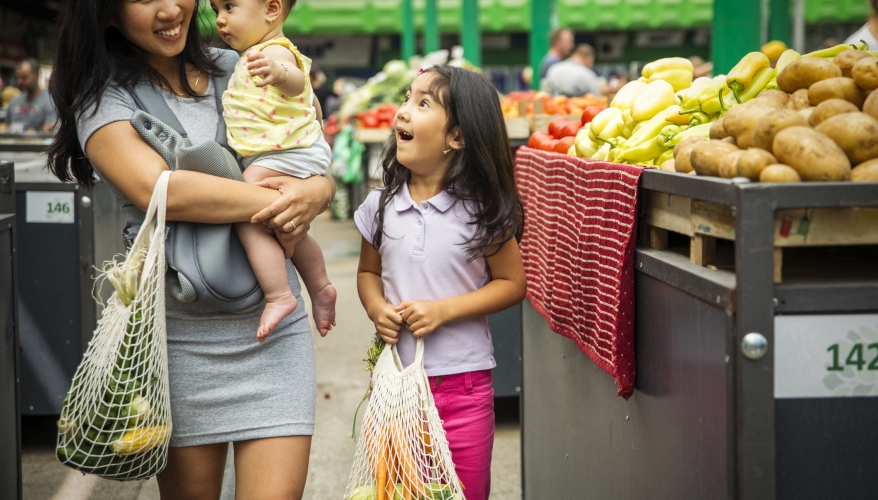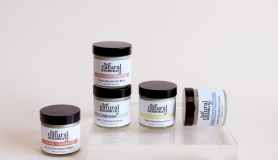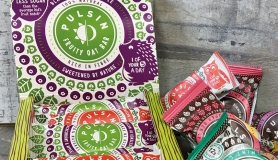ONE OF BEST THINGS ABOUT home education is that it is not standard-everyone can choose how to educate their child in accordance with their values and belief system, their child’s needs and interests and their lifestyle choices. Some parents deliver a devised curriculum with set times and outcomes, others encourage and enable children to be curious about the world and to follow their own interests whilst others see life as a continuing series of adventures for the whole family to participate in together.
No one style of education suits everyone, but there are a couple of simple and adaptable elements that will accentuate learning for any child in any setting. The first of these is to set goals with the child or young person for every definable activity. These can be verbal and general although I find, to be truly meaningful and useful, they may need to be more detailed and recorded so that they can be referred back to later. Always making sure you have a notebook and pen or gadget handy is a wise move.
SET GOALS Good goals should be immediate – the next hour, the next day, whilst reading the book or walking down the road etc. rather than something to be achieved by the end of the year. Although parents with older children may find some longer term goals and more immediate milestones to be appropriate, particularly if they are working towards something specific – an exam for example or language fluency.
One example of creating everyday goals to enhance learning might be when taking a regular visit to the local market to get some shopping. By adding in some goals, or challenges if that word works better for the child, a simple every day event can be turned into a more defined learning activity. Before setting off to the market we might begin by asking the child to draw a plan of the market during their visit, or a list of the types of stalls. At its simplest level the goal might be to take a photo of 5 different types or categories of stall.
A good goal involves the child in thinking something through and producing something at the end of it to show that they have done just that. Drawing a plan of a market requires many processes. First the child has to create a 3D model in their head involving counting and orientation and then they have to find a way to get that mental model into a simple 2D representation on paper. For some it will be relatively simple, for others it may be so challenging that the task might require them to work on one row at a time over the next few weeks.
Next time they visit the market perhaps they can choose one stall and write or describe their own set of goals in order to find out about it in depth. My first stop would always be the cheese stall where varieties and names, places of origin and differences in strength, flavour and manufacture could lead to some wonderful artwork, sorting and charting, looking at maps, research into manufacture and tasting!
MAKING IT REAL Over time the weekly trip to the market can be transformed into a book of photos, charts, research, design, interviews and stories and even a wonderful model if there are enough resources to build one. I always like to take a child from reality to imagination so once we have completed all our interviews, drawings, research into countries of origin, made graphs of the people visiting certain stalls within a time frame, made our own play stall and explored the most efficient way to stack items of differing shapes and dimensions I’d like them to design their own perfect market. Perhaps it will be stuffed with sporting goods or unicorns, or be waste free and ethically sourced - is up to the child and their interests and view of the world. If you are lucky enough to be near a regular car boot sale you might even set up your own stall for a day selling home baked cakes or the results of a clearout. But even then you will need to have some goals. As an experienced car booter, or in my case bike and trailer, my goal was first to have a lighter load going home but also to be kind, friendly and helpful to everyone. Goals can be anything that is challenging! Not every child can start with drawing a plan, so a simpler starting goal might be to name 10 things they see that are red, or beginning with C etc. Goals should challenge but be reachable with effort and should help the child or young person feel a sense of achievement and success as well as focussing their mind on something specific. Ideally goals should be set by adult and child together – both agreeing or suggesting something both possible and interesting whilst providing challenge. Setting clear goals and targets can improve self-esteem as a learner because it is all about meeting a challenge. It is when we recognise ourselves as the source of our achievements that our sense of self is rewarded.
CREATING LINKS The second element that actively makes experience into learning is reflection. Reflection is the magic key to ‘joining up the dots’ in our brains and allowing new learning to be adapted to different conditions and settings.
In its simplest form reflection is about a child recollecting their day, their activity, their experience and sharing that with someone. It can be shared in terms of things learnt or discovered, level of enjoyment, interest or any number of different elements. I think every home educated child would benefit from keeping some kind of journal, completed daily, in which they answer a few predetermined questions or simply reflect on their day’s goals and which they found easy and which were challenging, which brought up ideas for ‘next time’ and which were best left alone. Journals can be written diaries or online blogs shared with other home educating families or grandparents and friends, they can be in the form of words, drawings, video recordings and video blogs. Photographs are wonderful ways to record a day’s activities although to be truly reflective some opinion or description of learning might need to be added as a voice over, text or ‘dictated to parent’ wording. Good reflection is about thought and particularly thinking about something slightly differently. Using my example above of the market I might ask a child or young person a tricky question such as “If all the cheeses are made mainly from milk how come they all taste and look so different?” The key thing to remember is that it is what we ask not what we tell that provides the greatest learning.
If you could see their brain under an MRI scanner when you tell them something you’d see a few isolated areas flicker with light, but when you ask a question they light up like a firework display. Eventually children and young people can pose their own tricky questions to answer another time – and that is when the magic of self-directed learning really takes off.
MORE INSPIRATION
READ The Home Education Handbook: A comprehensive and practical guide to educating children at home by Gill Hines and Alison Baverstock
EXPLORE self-directed.org is home to the Alliance for Self-Directed Education







